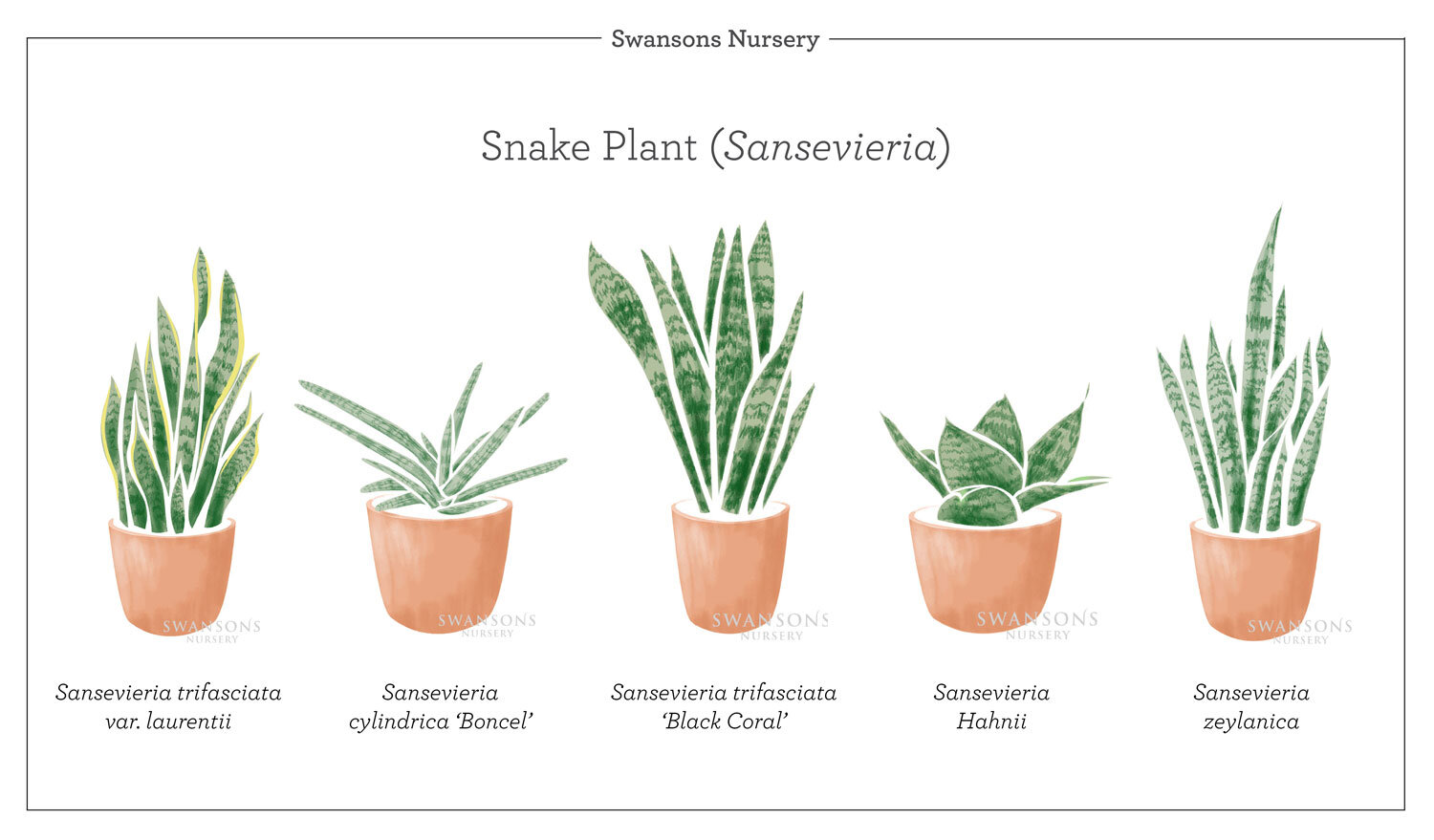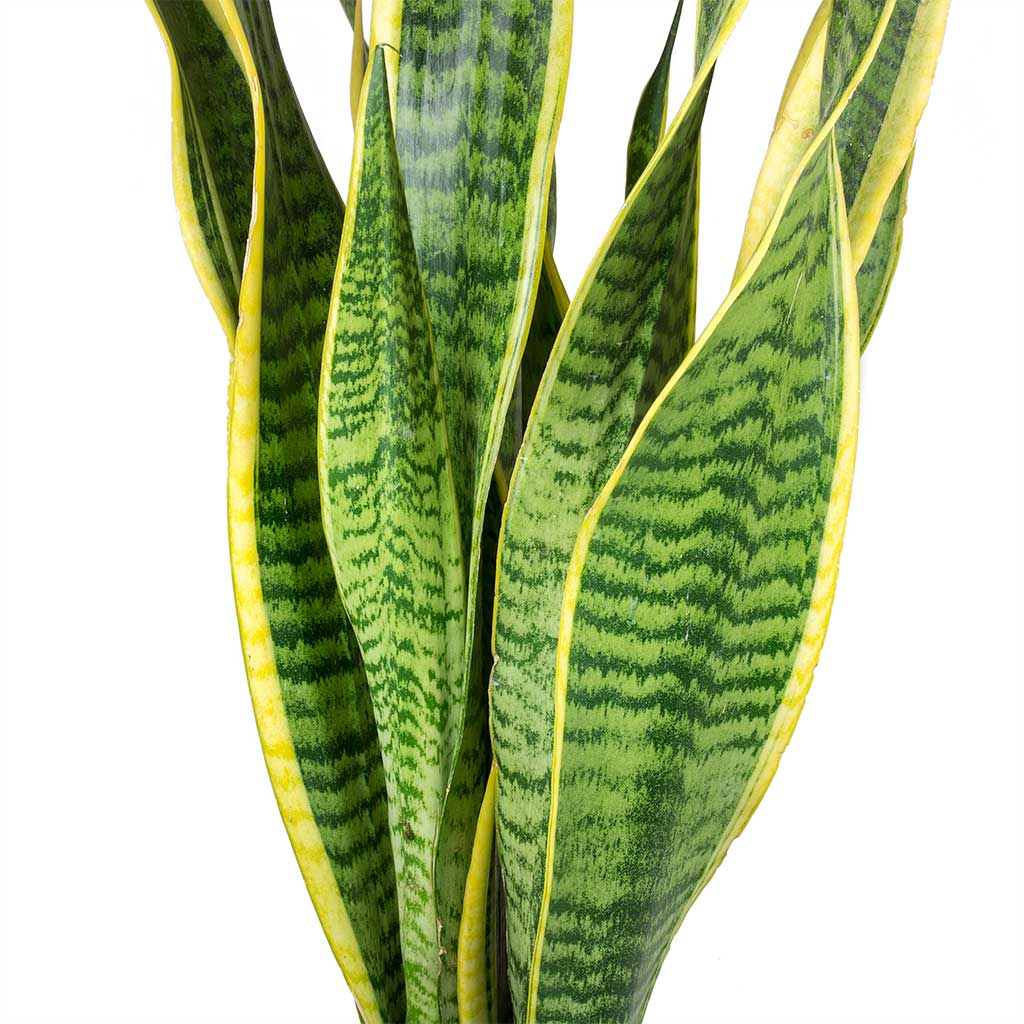Snake Plant Leaves Turning Yellow - Truths
Wiki Article
The smart Trick of Snake Plant Leaves Turning Yellow That Nobody is Discussing
Table of ContentsNot known Details About Snake Plant Leaves Turning Yellow Getting My Snake Plant Leaves Turning Yellow To WorkNot known Facts About Snake Plant Leaves Turning YellowThe 10-Second Trick For Snake Plant Leaves Turning YellowHow Snake Plant Leaves Turning Yellow can Save You Time, Stress, and Money.The smart Trick of Snake Plant Leaves Turning Yellow That Nobody is Talking About
If you plan to have a snake plant in your home, here are a couple of points to bear in mind: Way too much water is this plant's weakness. Location a snake plant in a well-drained pot to avoid overwatering, as it can cause decaying. Only water the soil when it's totally dry.If entirely shaded, the plant can boring and the fallen leaves may come to be a little bit floppy. Serpent plants are not only easy to care for however simple to increase.
Once roots have actually started to form (3 to 5 weeks), you can keep in water or transfer to soil. Location a snake plant in a well-drained pot to avoid overwatering, as it can cause decaying. Be sure the pot has an opening to allow draining. Snake plants are confirmed to be as beneficial as they are aesthetically appealing.
Brush soil from the origin framework or rhizome. Use the knife to split the plant into sections, keeping the favor each section intact. Replant sections into clean pots filled with the potting dirt. Water and area in a partially sunny place. Spin-offs or dogs are child plants arising from the dirt.
Some Ideas on Snake Plant Leaves Turning Yellow You Need To Know
Make use of a sterilized cutting device to get rid of a long, healthy leaf at its base (Snake Plant Leaves Turning Yellow). Submerge the cut end of the fallen leave in a tidy jar of water and set the container in a partly bright place. Or allow the cut end to callous over for 24 hr and after that pot it cut-end downNight-blooming blossoms are aromatic and similar in look to lilies. Make certain to pick a cultivar that flowers, since not all snake plant selections will flower. The Spruce/ Alonda Baird The Spruce/ Alonda Baird The Spruce/ Candace Madonna Serpent plants grow ideal with eight to 10 hours of indirect sunlight or a couple of hours of early-morning direct sunshine.
During winter, inspect the plant's dirt mix every two weeks or sothe plant might need to be sprinkled only as soon as a month. If you notice its leaves are fragile and dry, water immediately. Throughout springtime and summer season when the plant remains in energetic development, sprinkling every 2 weeks or two is usually enough.
To manage height, remove the tallest leaves at the dirt line with a sterilized cutting tool. Damaged leaves can be eliminated at any time, nevertheless, winter trimming can trigger stress and anxiety. Repot your serpent plant every 3 to 5 years, or when you see roots expanding out of the openings in the bottom of the pot.
More About Snake Plant Leaves Turning Yellow
The finest time to repot is in spring., place it at the exact same level as it was in the original pot. Serpent plants do not endure temperature levels reduced than 50F.Snake plants are vulnerable to typical houseplant insects such as scales, gnats, spider mites, aphids, mealybugs, and whiteflies. The majority of can be gotten rid of by hand or with a mild spray of water. Treat invasions with neem oil. Snake plants are just one of the simplest plants to preserve and can last for lots of years.
Owning a serpent plant has several benefits. Easy to care for and a wonderful first plant for starting gardeners, Unique shape includes height and rate of interest to houseplant collections, Adapts to various light conditions and tolerates low-light atmospheres, Plant is forgiving and almost undestroyable, Portable development routine fits well in tiny spaces, Drought resistant Frequently asked question Snake plant made its this link name because of the method its long, slim fallen leaves with distinctive stripes and other markings resemble some kinds of serpent.

A Biased View of Snake Plant Leaves Turning Yellow
Snake plants are easy-care houseplants. Every when in a while, repotting Snake Plants is required for preserving a healthy and balanced and flourishing plant. This tutorial on repotting Serpent Plants shows you the actions to take, the mix to use, and when you need to repot go to my site your snake plant. Serpent Plants are some of my extremely preferred houseplants.Their spiky, patterned vegetation is so intriguing to me. Plus, you can overlook them the majority of the time, and they more than happy as can be! I actually repotted 5 of my plants but you only see 2 of them here. I call this project the "Snake Plant switcheroo" since I exchanged out containers and places they were in.
That's why I include in the delicious and cactus mix due to the fact that it's chunky and well aerated (Snake Plant Leaves Turning Yellow). I additionally throw in a couple of handfuls of organic compost as I'm planting (I go much lighter on both this and the worm garden compost when repotting houseplants as compared to container plants in my garden) and a 1/2 layer covering of the worm compost
Both are complete of top quality active ingredients. Make sure whatever potting dirt you utilize states it developed for interior plants on the bag. I utilize Tank's regional compost.
The Ultimate Guide To Snake Plant Leaves Turning Yellow
Planet's a try if you can't locate anywhere you live. Both enhance the dirt normally. Worm compost is my preferred change, but I utilize it sparingly because it's rich. You can discover more regarding why I utilize worm garden compost right here. The top four are what I used for my mix.
If yours is in a 6 grow pot, then an 8 pot would be the dimension you would certainly want to utilize. Since Sansevierias like to expand as they expand, I have actually found that they don't require a deep pot. A deep pot has more dirt mass near the bottom which might stay as well damp which results in root rot.
You can see the thick roots they keep water together with the roots & leaves. Gather your soil mix products. (Occasionally I blend them up in advance, and various other times in the pot as I go along. Loosen up the plants from their pots. For one plant I made use of a plain blade and for the other, I carefully continued the grow pot.
The Ultimate Guide To Snake Plant Leaves Turning Yellow
Once the plant runs out the pot, gauge exactly how much soil mix you'll need to increase the top of the root round up to 1/2 to 1 below the top of the brand-new pot. Include the mix in. Area the plant in the pot and fill in around the sides with mix.Report this wiki page